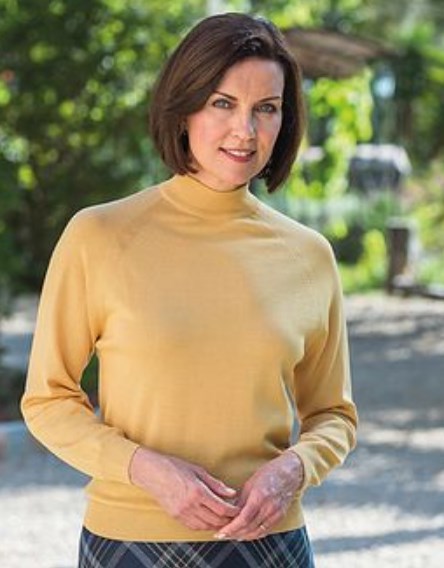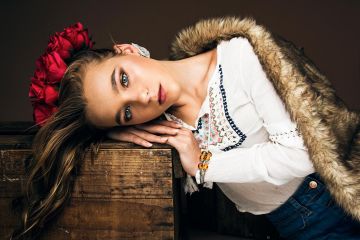5 do it yourself tips for outrageous product photography
Many people have either opinions on product photography-- either it's a breeze for anybody with a smart device, or it's a extremely sophisticated effort that Photographer's Portfolio requires the services of a expert.
We think the fact is somewhere in the center. With the right devices and some fundamental guideline, anybody can develop terrific product shots. With these 5 fundamental product photography pointers, you can produce top notch product photos that will certainly help you convert visitors into paying consumers (or whip the media into a craze when they see your shots in the Flaunter collection!).
1. Take formal product shots-- after that have some fun
When you're doing product photography, you need to make the most of your time and also enjoy. While you've obtained your cam, illumination as well as items prepared, you must take a wide range of photos.
Make sure to obtain the clean, simple shots that show your product from all angles. Obtain the front, the back as well as the sides, and also make sure to scoot in close for some detail shots. These photos can be vital for the client when they are weighing a acquisition.
75% of consumers price the quality of product pictures as ' essential' or ' extremely vital' to their buying decision-- Upwork
2. Use custom white equilibrium
Have you ever taken a photo where the colours ended up extremely weird? Most likely, it was a white balance concern. On the other hand, when you get white balance ideal, colours will certainly look completely natural. Appropriate white balance is one of the most effective methods to obtain a excellent photo.
Just about every cam has the ability to use different white equilibrium setups. Many electronic cameras begin on an ' car white balance' mode, which (as the name indicates) instantly assesses the light in your scene as well as picks a proper setup ... the majority of the time.
Car white balance may be good enough for pictures, but also for high-grade product shots, you need to get hands-on. Dig into the settings of your camera and attempt to match the white equilibrium to the scene with presets.
If those don't function, you might be able to establish a custom white equilibrium using the Kelvin range. Most cameras give alternatives from around 3,000 K (very yellow) to 10,000 K ( really blue). You can try to establish this manually, yet the best way is to put a white paper alongside your product and rise close. Then utilize custom white balance to set your camera off that paper.

3. Pay attention to information
Getting top quality product photographs is normally a rather lengthy procedure, especially if you do not have a dedicated workshop setup. Whatever arrangement you have, make the effort to do the job right.
Take the time to perfect the lights, obtain the background precisely right, pick the suitable angle and discover the maximum colour settings to toenail your image. It'll take a while, yet it'll pay off when you don't have to do much modifying of your pictures and when your clients start considering those pictures.
Some points to watch out for:
• Dust, finger prints, or smudges on your items or histories
• Roaming objects in the edge of the picture• Not focusing the lens correctly on the topic

• Reduced light degrees (leading to high ISO, slow-moving shutter rate and also bad image top quality).
• Running out of batteries or sd card in the middle of the shoot.
4. Use reflections
One excellent way to develop one-of-a-kind, attractive product shots is to use reflections. Reflections produce a feeling of depth and also intricacy in an image. There are a couple of methods to produce representations in a home studio.
A mirror. Ensure it's extensively cleansed (with non-streaking cleaner), then place your product ahead for a tidy representation. Fire from a low angle, almost parallel with the mirror, for finest effect.
Aluminum foil. Peel a big sheet off a roll of common cooking foil, bewaring to maintain it as level as feasible, after that position it the like a mirror. Beware to keep the ragged edges out of the photo.Water. Either area a slim layer of water in a tray and also area your product there, or just pour some water on a flat surface area.
This approach normally Campaign Design functions finest when you utilize a backdrop like building paper or sheets to regulate the history-- or when you have a pure white space-- since you won't want a representation of your ceiling fan on your service page.

5. Light the history, not simply the product
Even a beginner product digital photographer will find out that a product needs to be lit properly for good pictures. Yet lighting the background is not intuitive. Believe it or not, lighting your backgrounds can significantly enhance the top quality of your product shots.
Lighting the background has 2 positives. First, if you're preparing to get rid of the background from your images (or planning to have Pixc do it for you), a brilliant, tidy background makes this procedure very easy and also offers the best results.
Even as a novice photographer, making use of these five tips, you must be able to produce some excellent pictures for your products and profit immediately.